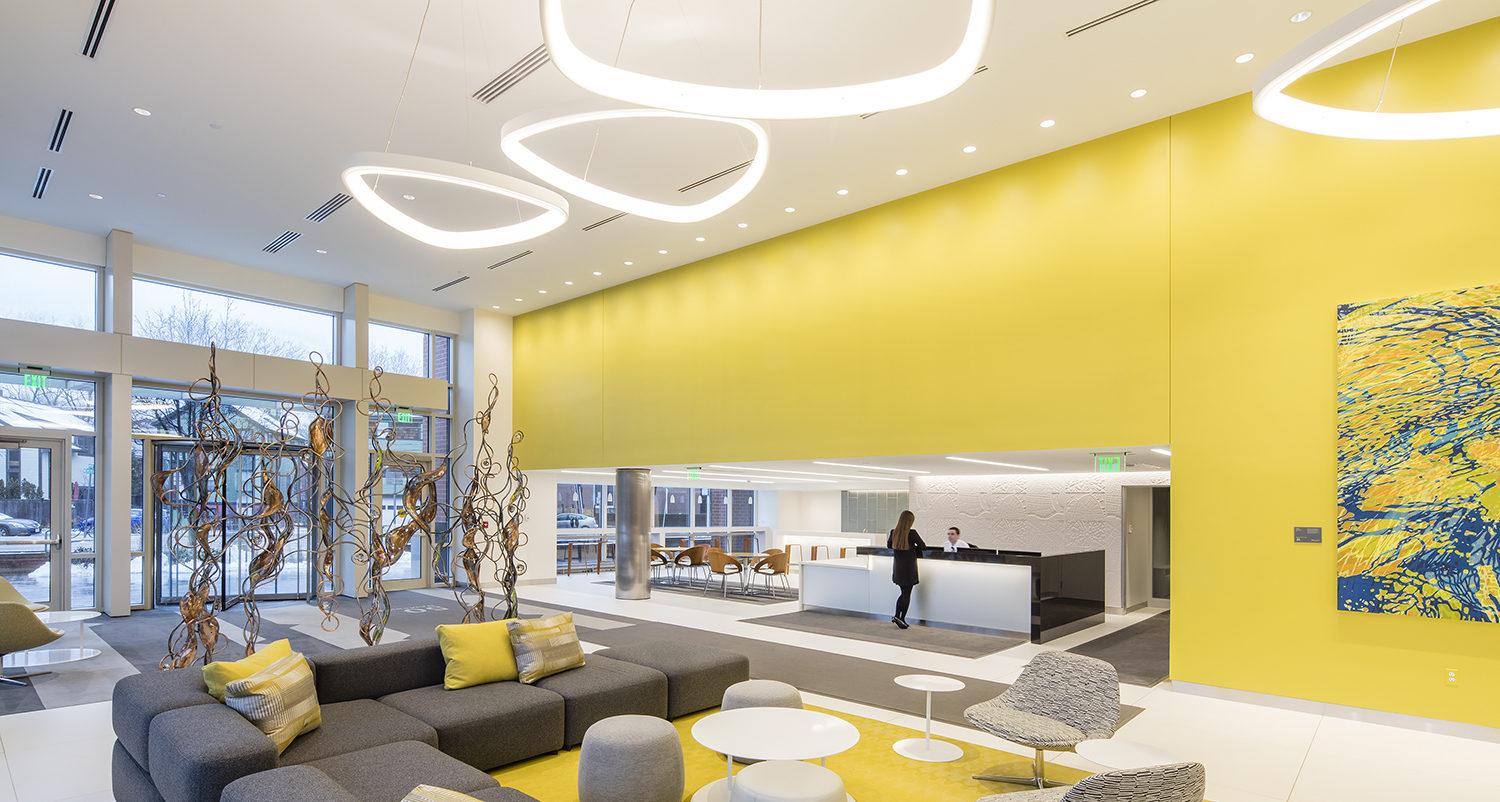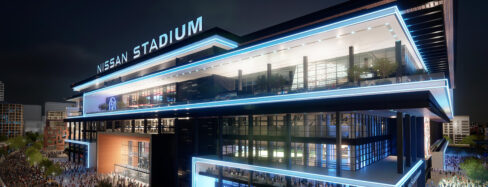Few factors can lead to more acrimony between contractors and designers than those two words – value engineering (VE). Though it is intended as a process to add value and deliver the same design for less money, it unfortunately often leads to a reduction in the quality of products that end up on the job. Regrettably for us lighting designers, the luminaire package is often one of the first places that contractors look to reduce costs. It is a process that we are all too familiar with!
So how can we alleviate some of the pain points in lighting design VE? To start, it is critical that the budget is one of the first items discussed during the design process. Even the greatest concepts will be unachievable if the budget is not available to execute them. Once a mutual understanding is reached, the following strategies can help to ensure that the established design intent will see the light of day:
- Request to see a budget before the design process begins. This will set expectations for what can be achieved at the beginning of the project instead of working backwards to get to a number, which can waste time and fee.
- Establish open lines of communication between the design team and contractors. A good contractor can be a key partner in helping the team find ways to achieve the design intent within the available budget.
- Focus on what is important in the design. Consider using lower cost fixtures in spaces that are less critical while saving budget for key spaces and design elements that are central to the overall concept.
- Write tight specifications. Include dimensions, beam angles, and any special criteria that makes the product unique and critical to the success of the design. The extra time spent to include this level of detail will pay off in the long run.
Even after doing your best to protect the project’s specifications, we sometimes may be forced to accept alternate products. If this is the case, it is important to confirm that you are aware of the client’s priorities. Something that the design team thinks is a sacred cow may not be on the client’s radar and vice versa. This knowledge will be helpful when beginning to review alternates. Once there is a package of alternates to review, be sure to carefully scrutinize the products that the contractor is proposing, including the following characteristics (not an exhaustive list):
- Is the substitution an “equal” with similar performance and quality, or a VE substitution that requires sacrifices to reduce cost? If it’s the latter, then reviewing a sample before approving the alternate is highly recommended.
- Is the performance similar? Just because two products are shown with a 2000 lumen output doesn’t mean that they will yield the same result. In some cases, a “shootout” can be very helpful to determine this.
- What is the quality of the construction and finish? This is especially critical in exterior and high abuse environments where durability is key.
- LED color rendering and consistency is vital. This is especially important where multiple fixtures are part of an overall system and where there are light colored finishes.
- Can the fixture be aimed? If so, is that aiming position lockable so the design intent can be preserved?
- LED Dimming Drivers. What dimming protocol do they use? To what minimum level will they dim to? Is there an expectation that the lights can dim to black?
- Is the fixture part of a family of fixtures that maintains a consistent aesthetic across the project?
- Is the size of the trim and housing the same?
- Are the fixtures aesthetically similar? Is there visible hardware?
It is our goal as lighting designers to ensure the delivery of a beautiful project that is aesthetically pleasing, sustainable and exceeds client expectations. We have navigated countless VE adventures as a firm, and we hope that by sharing these lessons learned we can promote a smoother Value Engineering process that leads to spectacular design outcomes.


